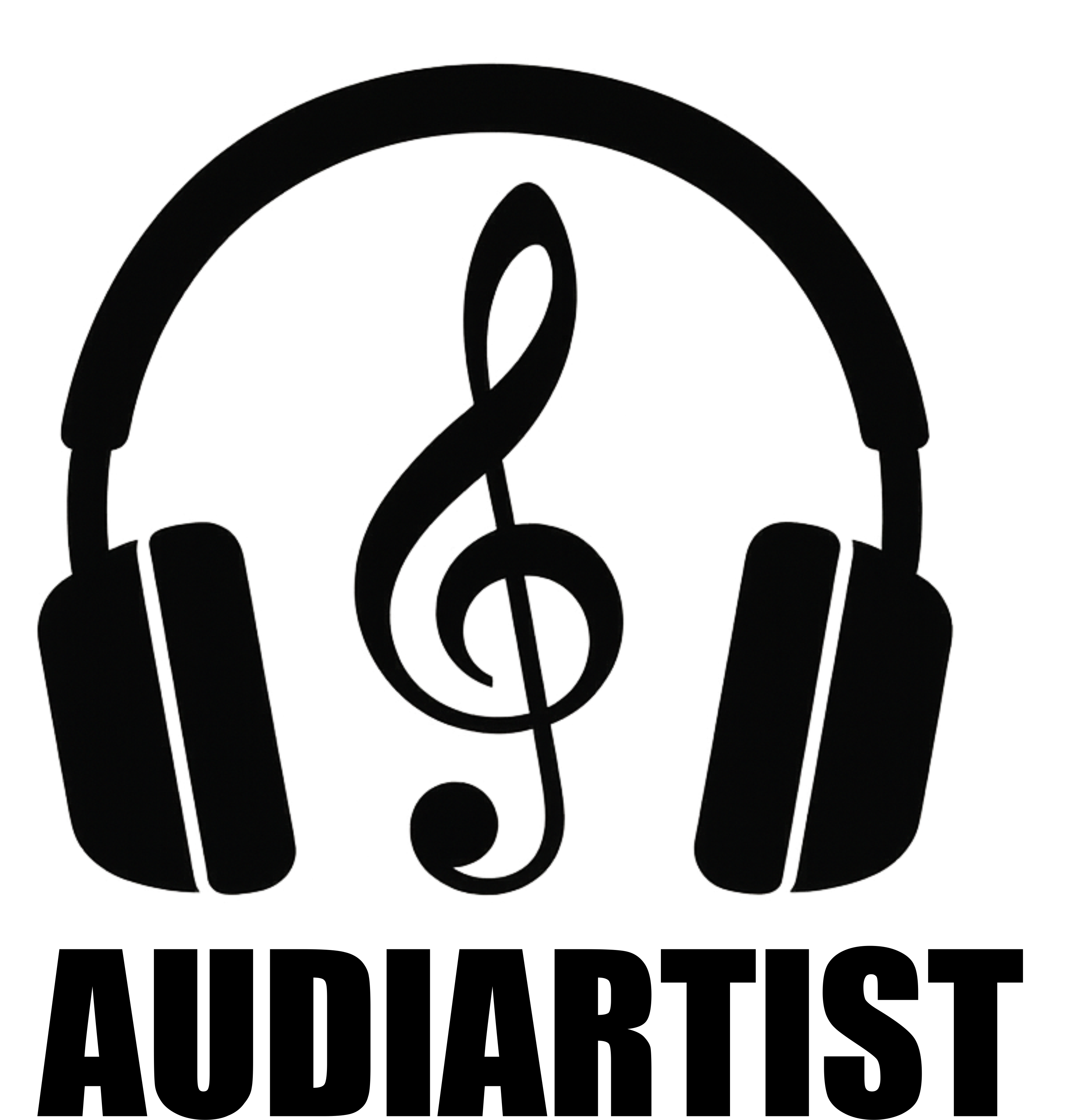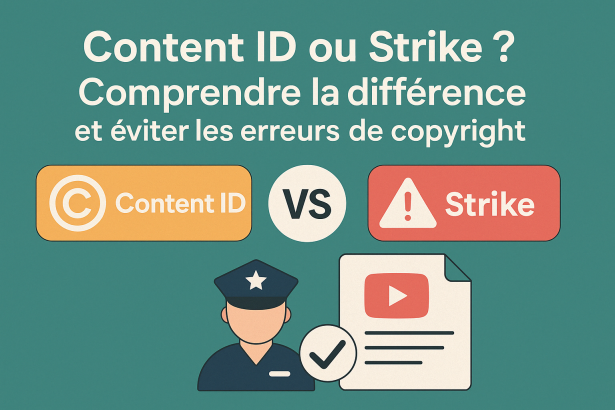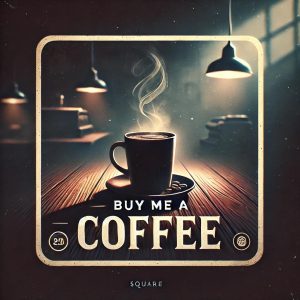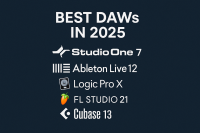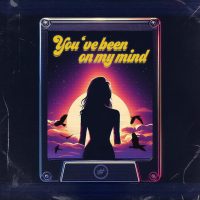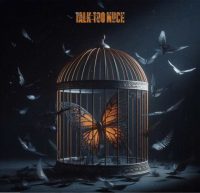Uploading music or beats to YouTube? Sampling? Using background tracks? Then you need to understand one key distinction: the difference between a YouTube Content ID claim and a copyright strike. Confusing the two can cost you your channel—or worse, your reputation.
🎯 What Is a YouTube Content ID Claim?
Content ID is an automated system that detects copyrighted audio or video within uploaded content. If a song is registered with Content ID (via a distributor like RouteNote, Soundrop, UnitedMasters, etc.), YouTube automatically detects it and attaches a “claim” to any video using it.
A claim is not a punishment—it simply redirects ad revenue to the content owner. Your video remains visible and no penalties are added to your channel.
✅ What a Content ID Claim Does:
- Monetizes the video for the rightsholder
- Doesn’t affect your channel status
- Can be resolved or disputed if you have rights
Good to know: Many independent artists use Content ID themselves to earn revenue when others use their music in vlogs, tutorials, or gameplay videos.
🚫 What Is a Copyright Strike?
A copyright strike is a formal legal complaint manually filed by a copyright owner. Unlike Content ID, it’s not automatic—it’s intentional and serious. YouTube takes these very seriously because they imply a violation of U.S. copyright law.
Three strikes and your channel can be deleted permanently.
⚠️ What a Copyright Strike Does:
- Removes your video from YouTube
- Limits features on your channel (like monetization or live streaming)
- Counts toward the 3-strike rule (which leads to termination)
- Can only be retracted by the person who issued it
🔍 Main Differences at a Glance
| Aspect | Content ID | Copyright Strike |
|---|---|---|
| Issued by | Automated system | Manually by copyright owner |
| Video status | Usually remains live | Usually taken down |
| Monetization | Redirected to copyright owner | None—video removed |
| Impact on channel | No penalty | Yes—1 of 3 possible strikes |
✅ How to Stay Safe
- Use music that is cleared, licensed, or royalty-free
- Distribute your own music via platforms with Content ID protection (e.g., Boost Collective, RouteNote, etc.)
- Read the licensing terms before using background tracks—even “free” ones
- If you’re uploading beats or loops, consider registering them with a Content ID distributor to protect your work
Conclusion
Content ID ≠ copyright strike. Knowing the difference can protect your YouTube channel, your music, and your peace of mind. If you’re an artist or content creator, use the tools available to protect your rights—and respect others’ rights too.
Bottom line: A Content ID claim is a monetization tool. A strike is a warning—possibly a deadly one. Learn the difference and create smart.
![]()
